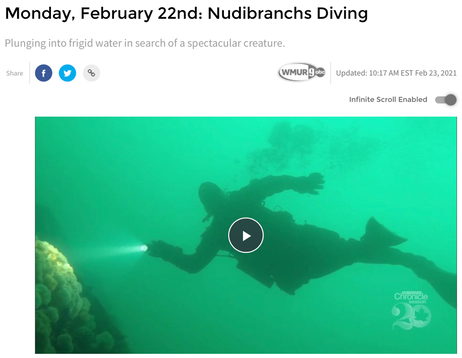Nudi Safari Time!
February 9, 2023
In my inaugural iDiveNewEngland blog post “I’m a River Rat”, I wrote about Peirce Island, a spectacular dive site in New Hampshire found along the Piscataqua River. It’s a dive that’s not recommended during summer months given heavy boat traffic that’s coupled with strong river currents. But when the conditions and tides are just right, divers will take the plunge to explore all the site has to offer.
It’s known for its variety of sea life such as lobster, crabs, sea raven, hydroid fields, an abundance of anemones, as well as it’s cool underwater topography. In winter months, luckily when boat traffic has just about halted, macro photographers dive there to capture images of nudibranch that begin to appear in January.
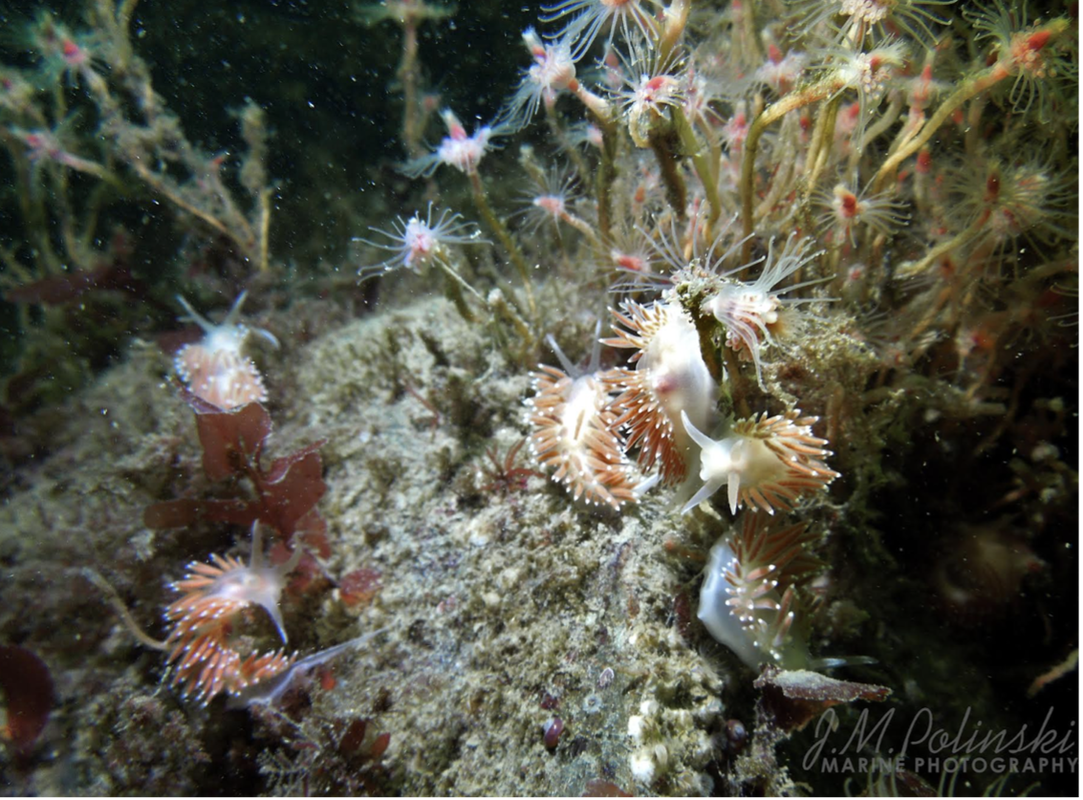
For those not familiar with nudibranchs, they are sea slugs, (like snails without a shell).
Nudibranchs are animals within the phylum Mollusca, class Gastropoda. Other gastropod mollusks common to New England waters include limpets, moon snails, whelks, and periwinkles. The nudibranchs seen at Peirce are in the scientific order Nudibranchia, which contains ~3,000 different species. At Peirce Island, a few species of aeolis nudibranchs are the most common. Coryphella verrucosa (formerly Flabellina verrucosa) are smaller, growing to around 1.5”, and can be found throughout New England waters. The real star of Peirce Island is a species in the genus Flabellina that has not been officially described (i.e. it doesn’t have a full scientific name). These look similar to Coryphella verrucosa but grow as large as 4”! Peirce is the southernmost extent of this species’ habitat range.
Aeolis nudibranchs are sought after by macro photographers for their distinctive, colorful, white-tipped cerata that contrast beautifully against their partially transparent, milk-white body.
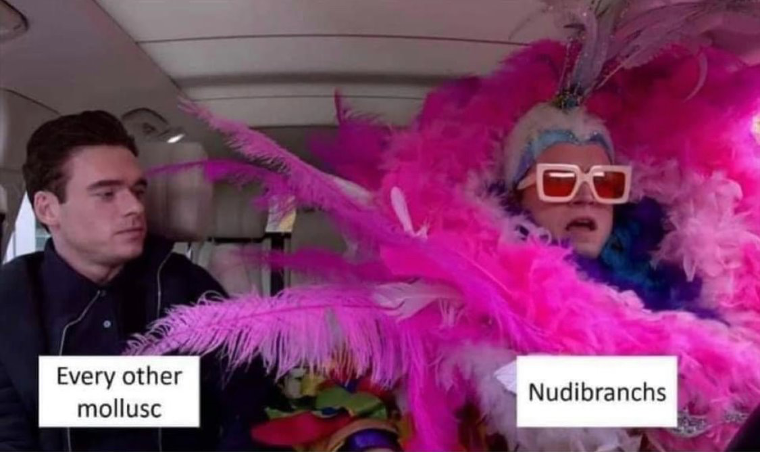
So, are you curious yet to why there are so many nudibranchs at Peirce
Island? The reason is the abundance of their food source, specifically
the hydroid fields there that litter the bottom of the river floor and
taste great to nudibranchs.
The following images are the two commonly seen species of aeolis
nudibranchs feeding on the hydroids off Peirce Island taken in
January/February 2021 by Jennifer Polinski.

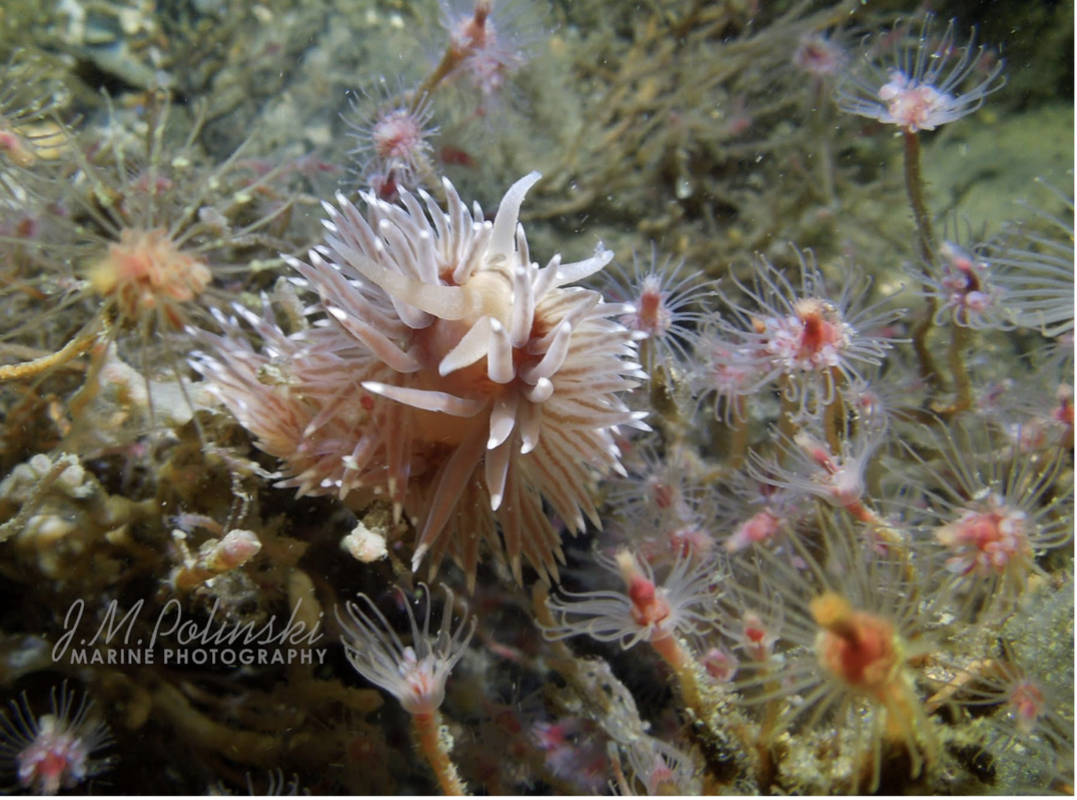
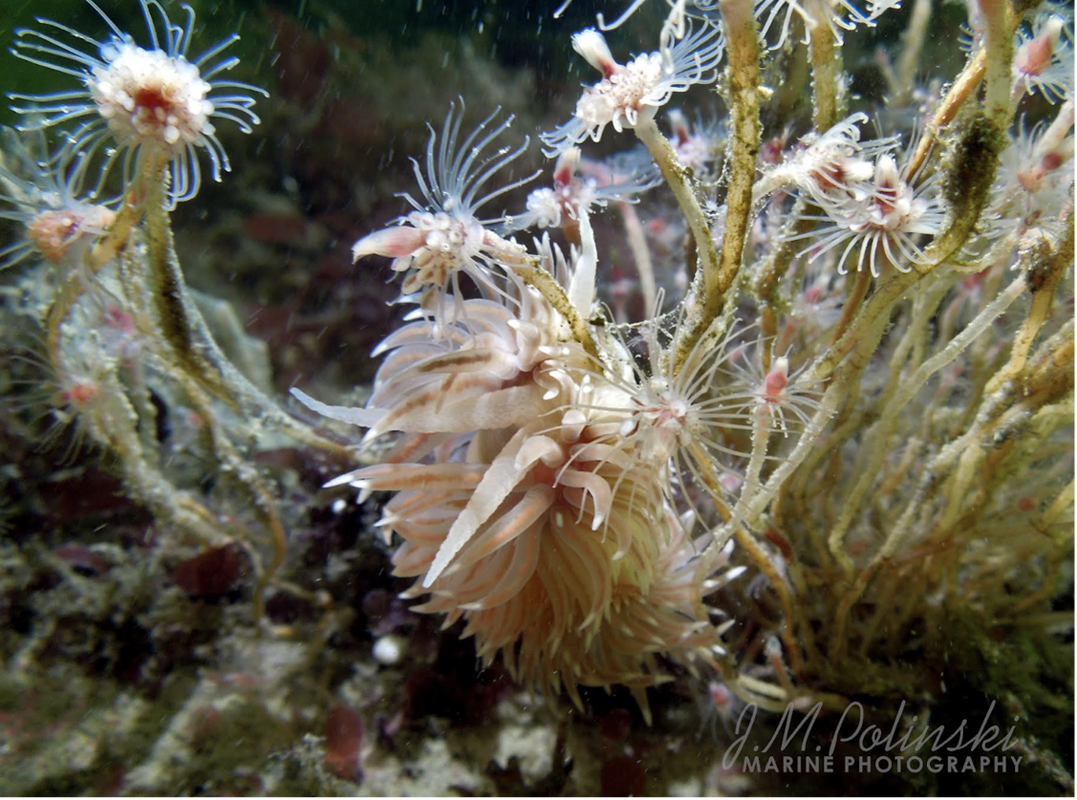
Diving in the Piscataqua during winter means braving water temperatures
in the upper 30s, but during certain periods in between winter storms,
one can be blessed with visibility upwards of 25 to 30 feet! Adversely,
with snow melt runoff, the visibility in the river diminishes.
The nudibranchs slowly start to appear in January, with February being
the peak season to encounter them. As March approaches, they lay their
eggs and reach the end of their life cycle, but I have seen them as late
as May.
Roughly only about 30 of the 3,000 species of nudibranchs can be found in the Northeast.

iDive New England features great resources for more information. I strongly recommend you get Jerry Shine’s book Nudibranchs of the Northeast which some dive shops carry, or you could purchase online.
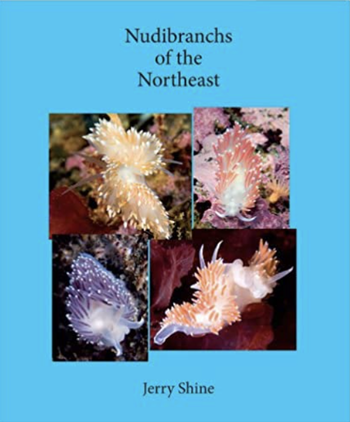
I also recommend you sign up for notifications in the Marine Life- North Atlantic mobile app by Andrew J. Martinez so you can see specific dive site locations nudibranchs are being seen.
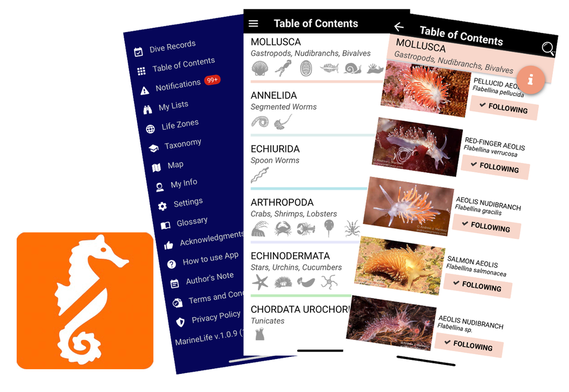
WMUR Chronicle featured a cool episode in February 2021 about this dive site you can check out at Diving for Nudibranchs in the Piscataqua River.
As I’ve mentioned in past posts, diving the Piscataqua River isn’t for
the faint of heart. The currents are treacherous which is why you should
only dive with a professional dive guide or someone very familiar with
the tide cycles, entry and exits, experienced diving the site.
For those that are able to make it January through February, keep your
eyes open for nudibranchs!


